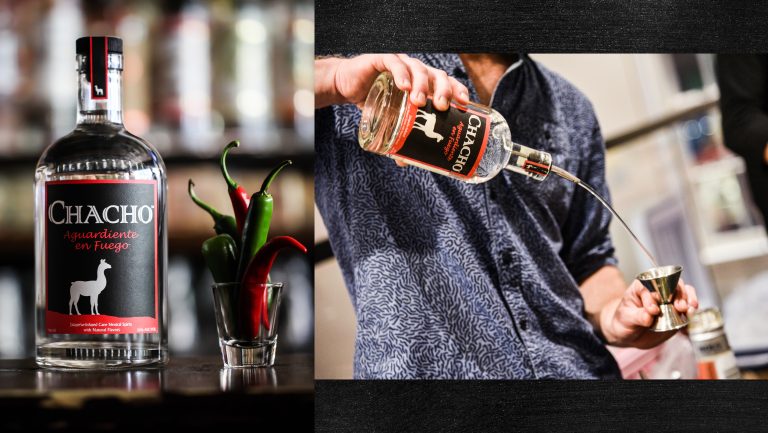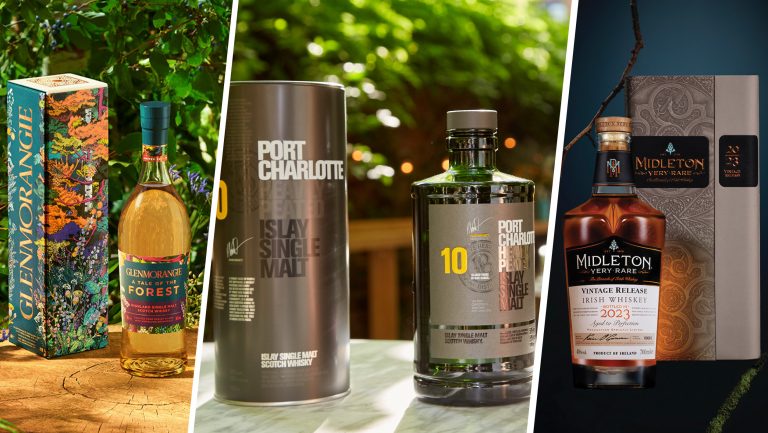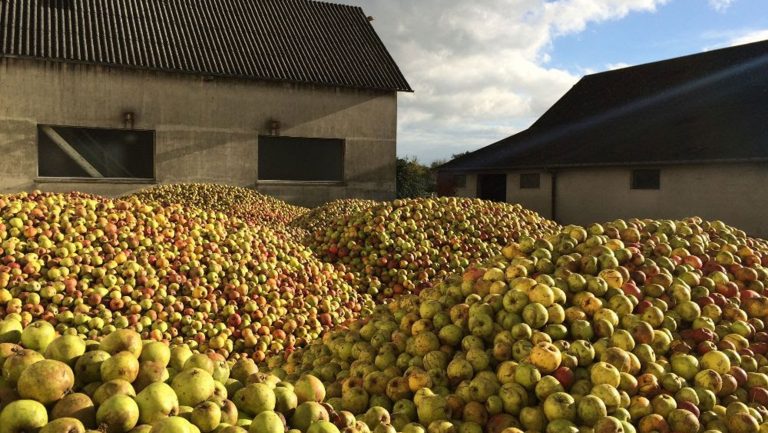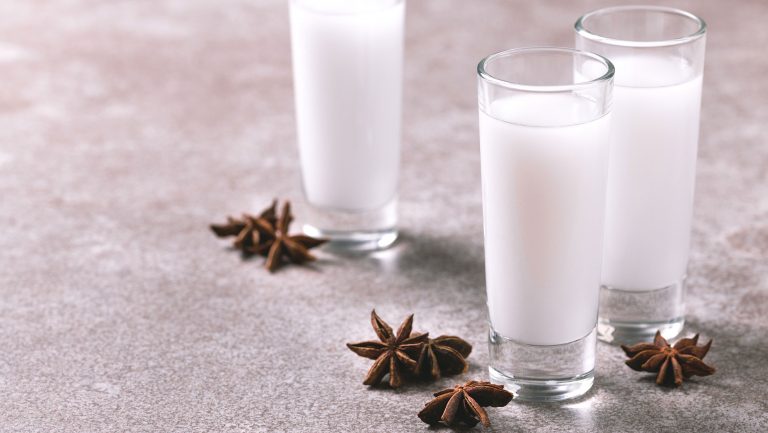Even amid the aural and visual clutter of a Washington, D.C., bar at midnight, Chacho’s bottle stands out: a white llama prominently stamped on a black background, with the words “Aguardiente en Fuego” printed in red script below the liquor’s title.
“I would say the most vocally curious are folks who are fairly well educated on spirits and the basics of stocking a bar,” says Matt Murphy, owner and bartender of The Pub & The People in D.C.’s Bloomingdale neighborhood. “Many of our many bottles are, if nothing else, familiar, but Chacho is a fairly recent addition, so it stands out for those who have been in the know.”
The brainchild of Dan Ziegler, who founded Chacho Spirits after a revelatory trip to Colombia, that llama-branded bottle has been rapidly proliferating across D.C. bars and restaurants since October 2016. Ziegler founded Chacho at the start of 2016, while he was still working full-time for Hilton Worldwide, but he didn’t go full-time with Chacho until later that year. Following the transition, sales are up 125 percent, and his distribution has expanded from the Washington, D.C., area to Chicago and Las Vegas.

Don’t miss the latest drinks industry news and insights. Sign up for our award-winning newsletters and get insider intel, resources, and trends delivered to your inbox every week.
“I’m kind of wishing I had made the jump sooner,” says Ziegler, “after seeing the success of going full-time.”
Chacho is a jalapeño-flavored version of the popular Colombian liquor called aguardiente, which Ziegler imbibed for the first time and loved on the trip to Colombia that inspired his business (it also instigated a ride through the streets of Bogotá on a llama named Chacho, ergo the name).
His version of the beverage, though, wouldn’t necessarily be familiar to native Colombians. Colombian aguardiente is made from sugarcane and typically flavored with anise, not jalapeño, and it was a product of colonialism. Columbus and Spain brought both sugarcane and anise to South America, and liquors distilled from sugarcane, which also include cachaça and guaro, usurped the popularity of indigenous beverages like chicha, a weaker liquor usually made from corn.
Aguardiente translates to “burning water.” And while it connotes a specific beverage in Colombia, the occasional generic use of the term to describe any neutral spirit inspired Chacho’s tautological description: Aguardiente en Fuego, or “burning water on fire.”
“It’s me trying to say it’s spicy, it’s on fire, in a literal translation,” says Ziegler. “It’s just my way of saying this stuff is not your typical anise aguardiente.”
As to whether any Spanish speakers have mocked him for the redundancy, Ziegler’s answer is good-humored: “Of course, Colombians give me that all the time.”
Currently, aguardiente production in Colombia is controlled by the state, with a different aguardiente produced by each departamento. Ziegler, however, doesn’t face those limitations and pivoted to flavoring his liquor with jalapeño. The neutral sugarcane spirits that serve as Chacho’s foundation come from Colombia and Brazil, and Ziegler works with a small-batch distillery in the U.S. to infuse, bottle, and label his beverage.
“The reason I ended up following up my own personal preference is that I think the jalapeño is a lot more versatile than anise,” Ziegler says. He also realized that there was already a wide range of anise-based spirits available in the U.S. market and felt that despite the availability, the flavor wasn’t as popular in the U.S. as in other countries.
Bar Charley in Washington, D.C., uses Chacho in its Devil in a New Dress cocktail alongside fresh lime, raspberry, and basil. In Arlington, Virginia, Oz Restaurant & Bar mixes Chacho with lemon and honey for its Jalapeño Honey cocktail. Murphy, of The Pub & The People, adds Chacho to a spicy Bloody Mary as a substitute for vodka and also employs it in his Ancho Margarita, where it mingles with reposado tequila, ancho chile, lime juice, and simple syrup. On Chacho’s website, there are recipes for cocktails that include Medellín Mule, Spicy Lemonade, and the Pine-apeño—a mixture of Chacho and pineapple juice garnished with cucumber wheels.
“[Chacho] is a nice way to add a layer of spicy flavor to any cocktail,” says Murphy. “It also works great alongside some sweet, fruitier flavors—mango stands out—to add some balance and fullness to the drink.”
On its own, Chacho is sweet and smooth, though the nose carries a substantial whiff of ethanol (opt for a rocks glass rather than a snifter). The jalapeño lends a refreshing vegetal quality that reminds one of cucumber water, and the spicy finishing kick is nice but doesn’t tamp down the sweetness quite enough to make straight Chacho poured on its own preferable to Chacho used in a cocktail.
“It’s a really good, fun, spicy drink neat by itself,” says Ziegler, “but when Chacho is in a cocktail, there is no mistake about it.”
It’s the punch of Chacho that Murphy says his customers notice most, responding to their first taste with surprise and “raised eyebrows”—and then “the grin.”
“Despite its spice, it really is quite approachable,” Murphy says. “So for some I think it’s like jumping off a diving board for the first time; once you go for it, you realize any fear was misplaced, and instead it’s a fun, exhilarating experience.”

Dispatch
Sign up for our award-winning newsletter
Don’t miss the latest drinks industry news and insights—delivered to your inbox every week.
Bo McMillan is a writer who currently lives in Chicago and has covered food, drink, and culture for All About Beer Magazine, Paste Magazine, and CNBC, among others. He typically prefers beer and wine over liquor, but finds that rule softening with age—much like a well-barreled spirit, in fact.







